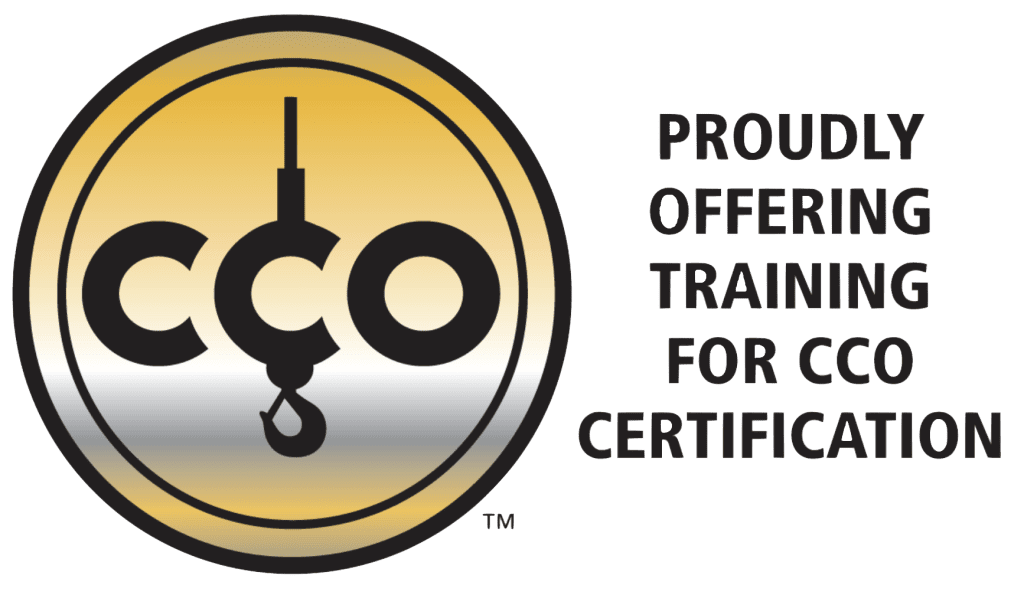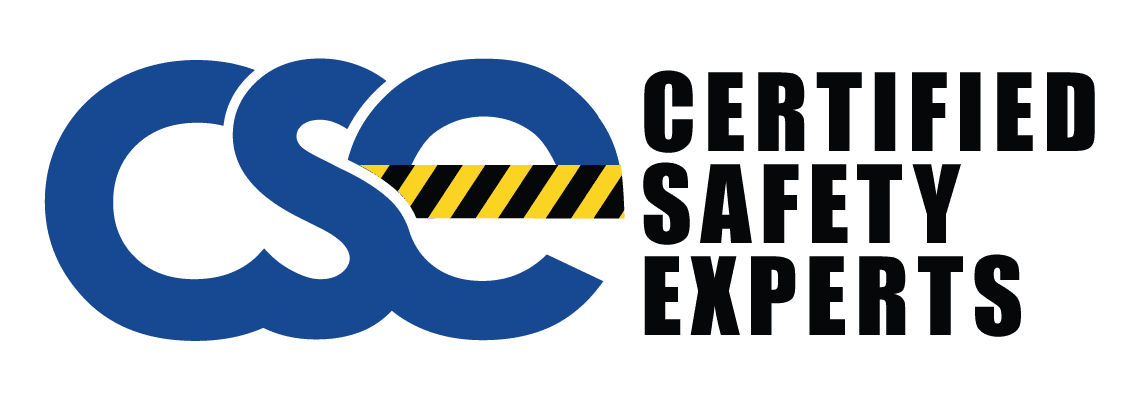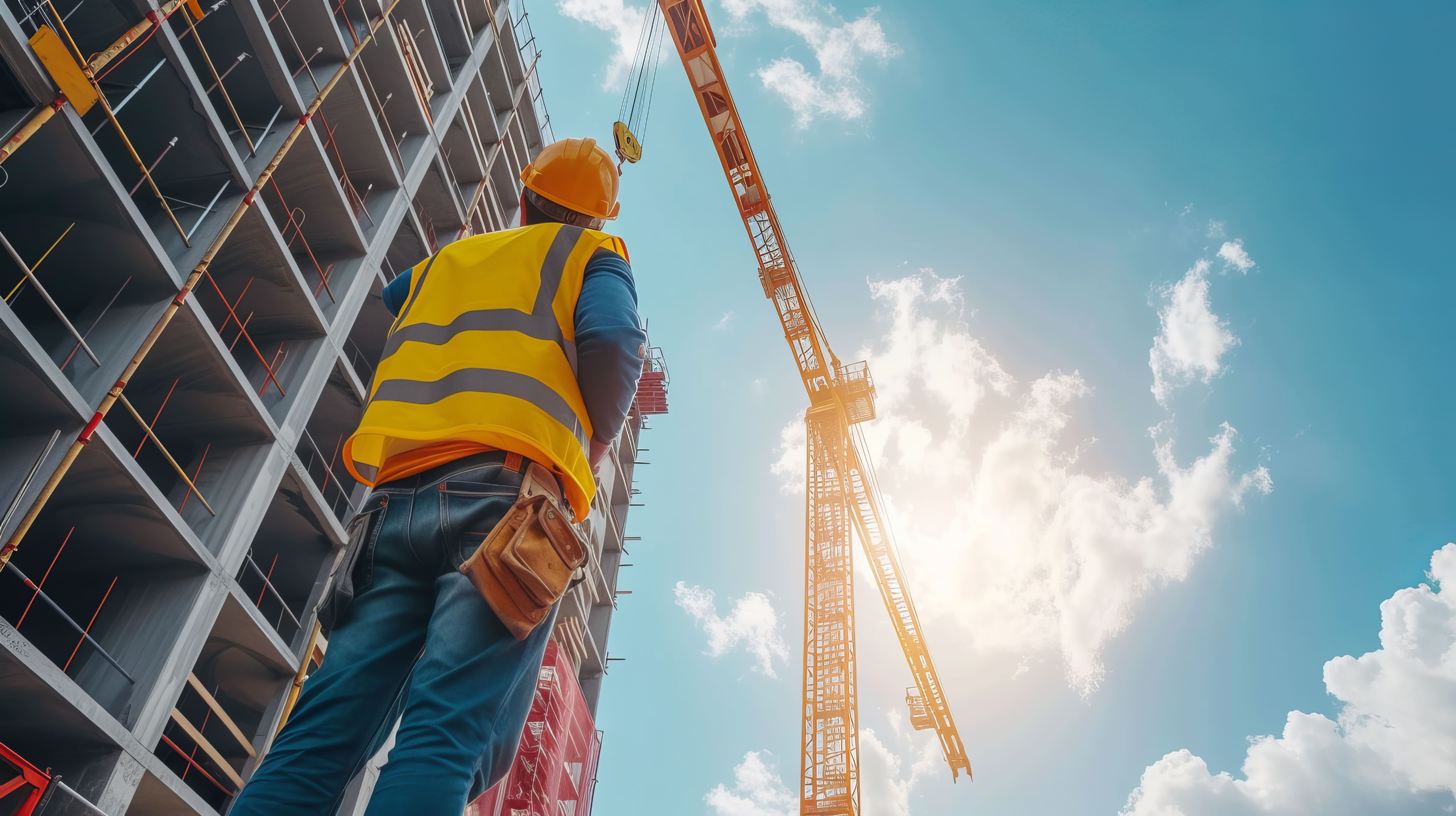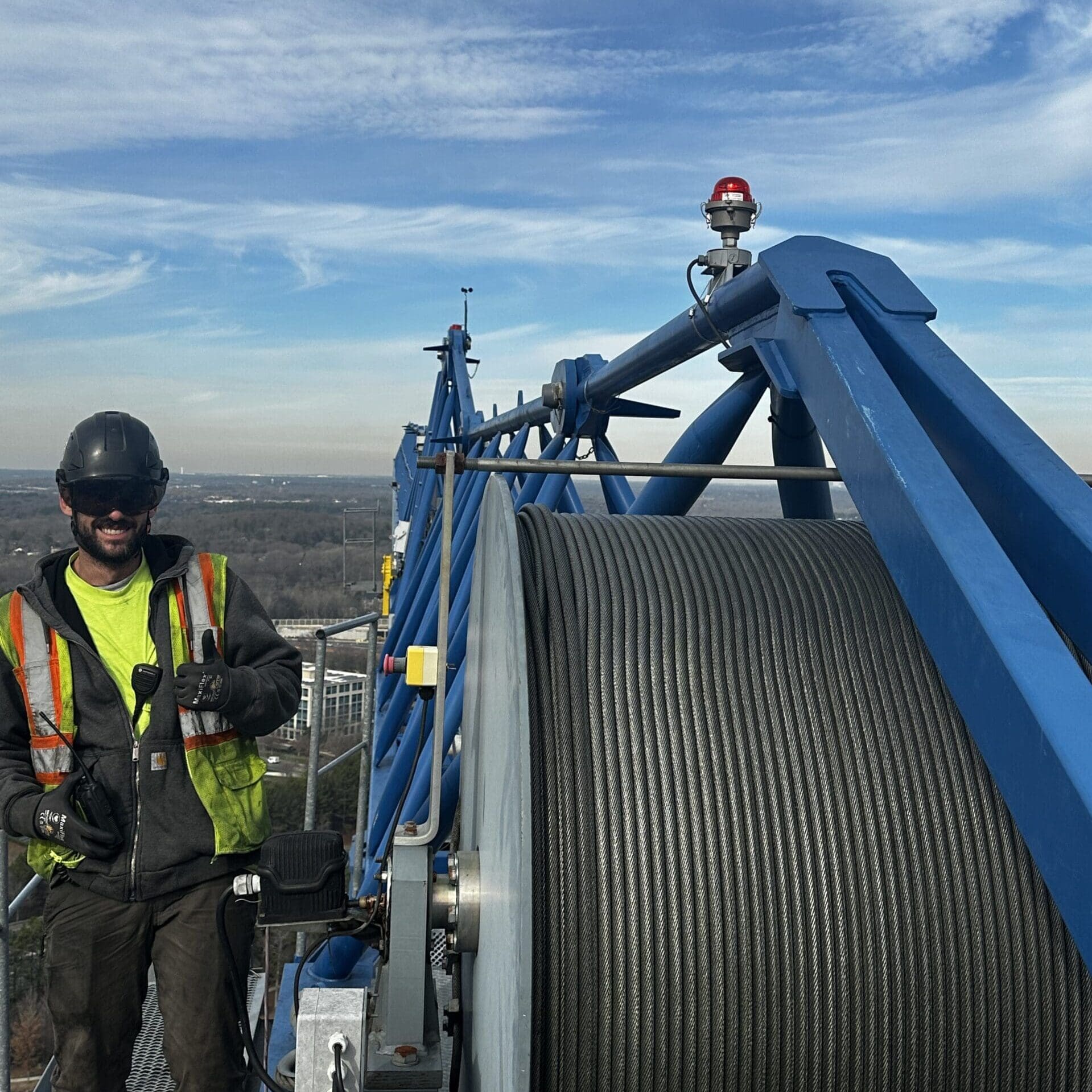Are you sure your crane operations meet the latest OSHA standards? Or are you risking your workplace’s safety? It’s vital to know the OSHA crane inspection rules to keep your work safe and legal. Ignoring safety standards can lead to big accidents and heavy fines.
For crane safety and OSHA compliance, regular checks are a must. But what do these checks cover, and why are they crucial for safety? Let’s explore the main points of these rules and how they protect your operations.
Key Takeaways
- Importance of adhering to OSHA crane inspection requirements and crane safety requirements.
- Key aspects of OSHA crane compliance.
- Risks associated with non-compliance and workplace accidents.
- Steps to ensure workplace safety through regular crane inspections.
- Contact professionals to schedule crane inspection services.
Understanding OSHA Crane Regulations
OSHA crane regulations are key for keeping crane operations safe and efficient in construction. They were made by the Occupational Safety and Health Administration (OSHA) to protect workers and the public from crane accidents. Following these rules helps construction companies lower the chance of accidents and make the workplace safer.

The Importance of OSHA Standards
It’s vital to follow OSHA crane standards for several reasons. First, they prevent accidents and injuries from crane problems or mistakes. Second, they make sure equipment is checked and kept up, which makes it last longer and increases work output. Last, sticking to these rules helps companies avoid fines for not following the law.
Key Aspects of Crane Safety Regulations
Crane safety rules cover many specific guidelines and needs. Some main points include:
- Regular checks and upkeep of crane gear to make sure it works safely.
- Ensuring crane operators are well-trained and certified as per OSHA rules.
- Setting up clear communication methods and signals for crane use.
- Keeping a safe work area clear of extra people and things that could get in the way.
- Keeping safety rules up-to-date with any new OSHA crane laws.
Following these crane safety rules cuts down on accident risks and builds a safety-first mindset in the team. These standards protect people and equipment, showing how crucial they are for crane work.
OSHA Crane Inspection Requirements Explained
It’s key to know the OSHA crane inspection rules for safety and following the law. OSHA has clear guidelines. They cover how often to inspect, who can inspect, and what types of inspections are needed for cranes.
Frequency of Inspections: OSHA says cranes need different kinds of checks. These include initial, frequent, and periodic ones:
- Initial Inspections: New and changed cranes must have an initial check before they start working.
- Frequent Inspections: These checks happen daily to monthly, based on how much the crane is used and what the maker says.
- Periodic Inspections: Done yearly or as needed to spot any issues or wear that could affect how the crane works.
Qualifications of Inspectors: Only people who are really good at their job and know the OSHA crane inspection checklist can do these checks. They make sure they can spot and fix safety problems.

- Visual Inspections: Checking the crane’s look and how its parts work together.
- Operational Tests: Making sure the controls, safety gear, and limit switches work right.
- Load Tests: These tests check if the crane can carry its biggest load safely.
Following OSHA’s crane inspection rules and using the OSHA crane inspection checklist keeps the workplace safe. It also makes sure all laws are followed well.
Creating a Comprehensive Crane Inspection Checklist
Creating a detailed crane inspection checklist is key to following OSHA standards and keeping everyone safe. By using a structured approach, you can ensure compliance and keep operations running smoothly. This includes getting ready before the inspection, following important steps during the inspection, and what to do after.
Pre-Inspection Procedures
Before starting the inspection, there are important steps to take:
- Review previous inspection reports to spot common problems.
- Make sure you have all the tools and safety gear needed.
- Know the guidelines from the manufacturer and OSHA for crane safety.
Inspection Steps and Safety Guidelines
When inspecting, follow these steps and safety rules:
- Visual Inspection: Look over the crane for any damage or wear.
- Operational Test: Make sure safety devices, brakes, and limit switches work right.
- Load Test: Do a load test to check the crane can lift what it should.
- Documentation: Write down any issues and what you found in the report.
Post-Inspection Protocol
After the inspection, here’s what to do next:
- Sum up and document all you found and what you did about it.
- Tell the maintenance team about any big issues that need fixing right away.
- Update and keep the crane inspection checklist for later use.
By following these steps, you’ll make sure your crane inspection checklist covers everything. This way, you’ll meet all crane safety guidelines and follow the right steps for inspections.
How to Stay Compliant with OSHA Crane Standards
Keeping up with OSHA crane compliance is key for your team’s safety and work efficiency. Following OSHA crane standards helps prevent accidents and keeps you out of legal trouble. Here are some ways to stay compliant and improve crane safety training in your company.
Regular Training and Certification
It’s vital to have ongoing crane safety training to keep operators in the loop with new OSHA crane standards. Training programs boost their skills and knowledge, making sure they know how to work safely and follow the rules. Don’t forget to renew certifications to keep your team’s skills up to date.
Scheduling Routine Inspections
For OSHA crane compliance, regular inspections are a must. These checks spot problems early, ensuring all equipment meets OSHA crane standards. Set a schedule for inspections to catch everything and make sure they’re thorough.
Maintaining Records and Documentation
Keeping accurate records is key to staying compliant. Have logs of crane safety training, inspection results, and certifications ready. These documents prove you follow OSHA crane standards and are important for audits or investigations.
Conclusion
Following OSHA crane inspection rules is key to a safer workplace. It’s not just smart, it’s necessary. By knowing and following OSHA’s guidelines, companies can cut down on accidents and keep workers safe.
Regular checks, proper training, and keeping good records are crucial. They make up the core of keeping cranes safe. This approach helps meet OSHA standards and builds a safety-focused work culture.
Having a detailed inspection checklist and sticking to a schedule is important. Keeping records current and training employees well also helps. Together, these steps ensure safety and meet OSHA rules.
Following crane safety rules has big benefits. It means less downtime, fewer accidents, and possibly lower insurance costs. Meeting OSHA’s crane inspection rules protects people and equipment. It keeps operations running smoothly and efficiently over time.
If you’re serious about safety, it’s time to book your service inspections. Doing so ensures you’re meeting high safety standards.
